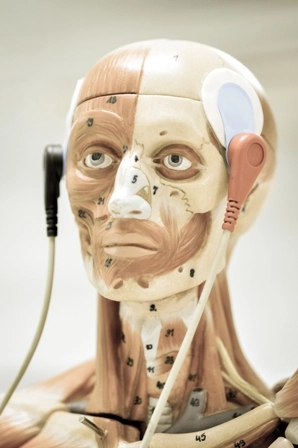Rely on Patient Status for Accurate Sequela Coding

Here's why determining the principal diagnosis is key to sequela selection. Neurology and PM coders often code for patients who have a prior injury, illness, or disease that exhibits new signs or symptoms after the initial injury or illness has subsided. Your role: In order to paint the most accurate picture possible of the patient's condition, you're going to have to know how to code these manifestations from the previous trauma or illness, also known as sequela effects. Check out this helpful guide of examples and expert advice to help steer you to success when confronted with any sequela coding scenario. ICD-10 Spells Out Sequela Definition The ICD-10-CM guidelines define a sequela effect as the following: With respect to the neurology/PM specialties, sequela effects can take on numerous shapes and forms. For instance, a patient may experience sequela effects following trauma to the central nervous system (CNS). For example, if a patient suffers from intracranial bleeding following trauma, this would simply be considered a component of the acute injury, not a sequela. Additionally, if the patient experiences headaches in the days and weeks while recovering from the trauma, you would also not consider these symptoms to be sequela effects. However, if the patient experiences symptoms (headache, cognitive, behavioral, neurological) in the months and years since the patient has fully recovered from the initial traumatic incident, you may consider these symptoms to be sequela effects. The same idea applies to other areas ofthe CNS, as well. Use the Rules to Your Advantage As you will see in the ICD-10-CM guidelines, the information on sequela coding isn't necessarily localized to one particular section. With this in mind, it's important that coders know how to maneuver through the guidelines to identify all the vital elements within their search criteria. The first point of reference comes with identifying the number and order of codes assigned. ICD-10-CM guidelines state: Example: If a patient experiences dizziness one year following a diffuse traumatic brain injury with loss of consciousness, you would code the following diagnoses in the following order: ICD-10-CM uses the example of scar formation following a burn to illustrate the point of using two separate ICD-10-CM codes: However, before you go searching for two separate codes, consider these supplementary guidelines: There's a few points to unpack here. First, you won't necessarily come across many, if any, examples of a sequela followed by a manifestation code note in the ICD-10-CM tabular. On the other hand, you may come across examples in which a sequela code has been expanded to include manifestations. Example: A patient experiences dysphagia four months following a cerebral infarction. Here, it would be inappropriate to apply two separate codes (dysphagia, cerebral infarction) because one » sequela manifestation code already exists. In this example, you would solely apply the following code: Caution: Using the above as an example, there may be instances in which it is difficult to differentiate whether or not the dysphagia is an acute (or chronic) effect versus a sequela effect. "The codes presented in the I69 series are used to report late effects (sequela) of cerebral infarction or hemorrhage and should be used any time after the initial encounter for the stroke," states Sheri Poe Bernard, CPC, of Poe Bernard Consulting in Salt Lake City, Utah. "This essentially means that you use non-I69 codes to describe dysphagia or paralysis that is identified during the hospitalization for stroke. Once the patient is released from the hospital and is being seen for follow-ups, therapies, or other exams, coders should switch to the sequela codes in category I69 to describe the deficit," Bernard explains.




